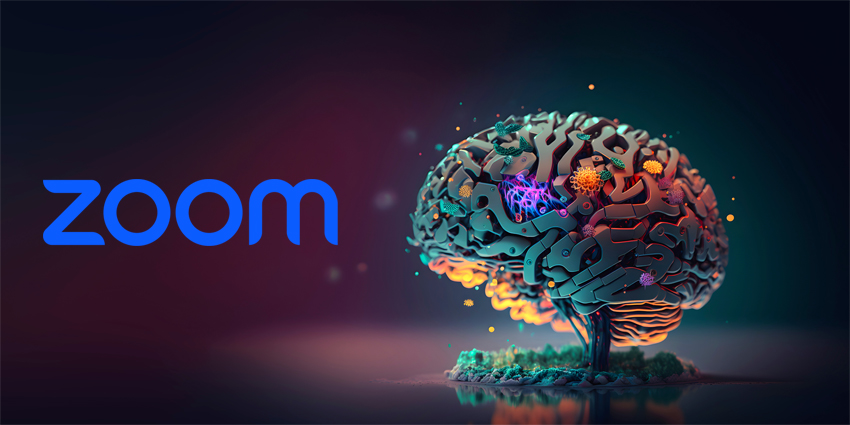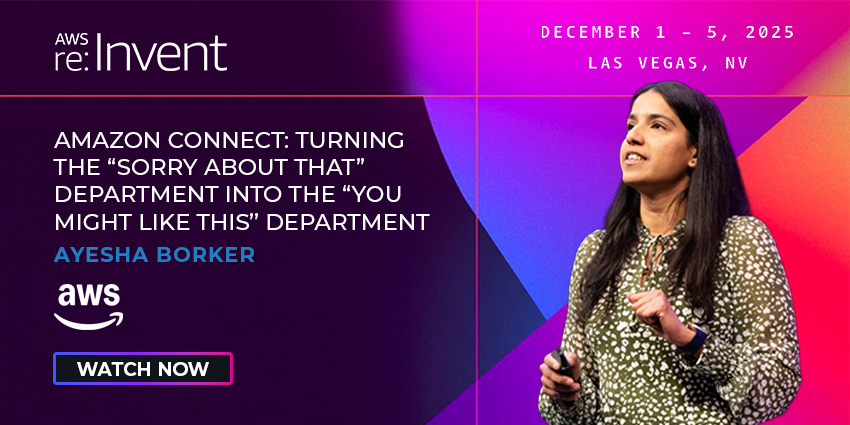Zoom has unveiled its new-look AI companion, announcing a series of innovations to boost its agentic capabilities.
Chief among these is a fresh Custom AI Companion add-on that enables users of Zoom’s AI assistant to connect directly with 16 third-party apps, including ServiceNow and Salesforce.
However, this isn’t just a case of standard integration.
Instead, these connectors allow users to trigger actions in these third-party applications, via the AI Companion, without leaving Zoom.
As such, Zoom reduces the need to switch between applications when running activities like updating customer cases, revising projects, and completing onboarding activities.
The enterprise communications stalwart believes the revamped agentic AI tool will help users “maximize efficiency”.
Yet, the move also signals Zoom’s broader ambitions to position its communications platform as an organization’s operational center point.
In discussing the news, Smita Hashim, Chief Product Officer at Zoom, claimed:
[The Custom AI Companion add-on will deliver] a significant productivity boost to help them (users) get more done – not just in Zoom, but across business-essential apps like ServiceNow, Jira, Salesforce, Asana, Box, and more.
Hashim also outlined some of the cross-system tasks that businesses can automate via the Custom AI Companion add-on.
For starters, users may update service tickets, close cases, and track opportunities by connecting the AI Companion with CRM systems like Salesforce, ServiceNow, and Zendesk.
Meanwhile, they could also access, summarize, and even edit documents by connecting the AI assistant with OneDrive, Google Drive, Confluence, and Notion.
An additional fascinating example is the Workday integration, with the AI Companion able to review candidate reviews, track recruitment updates, and even kickstart hiring and onboarding workflows.
Other integrations include Asana and Jira for streamlined project management and Slack for managing updates across communication silos.
The add-on is one exciting update of many regarding the Zoom AI Companion.
For instance, it can now also participate in video calls across other platforms, like Microsoft Teams and Webex. In doing so, it extracts next steps, summarizes the conversation, and performs more of the tasks it does on Zoom Meetings.
That list of tasks has also gotten bigger, per the latest announcement, with it suggesting real-time call questions and auto-generating meeting agendas, as Zoom has added these features at no extra cost.
Zoom as the Operational Center Point, The Broader Ambition
As noted, Zoom’s latest AI Companion enhancements further its ambition to position itself as a central operational hub for the enterprise.
It’s a goal Zoom has been steadily working toward in recent times.
Indeed, earlier this year, the vendor teamed up with AWS to launch an integration with Amazon Q Business index, which enabled the AI assistant to pull information from various enterprise systems and make it available within the Zoom app.
That move signaled the company’s broader strategy: to embed itself into the day-to-day fabric of business operations.
Now, with AI Companion’s new third-party connectors, that vision has become more tangible.
Zoom is enabling teams to do more from one place – from updating sales pipelines and resolving service tickets, to assigning project tasks and managing candidate workflows – all without having to navigate between tabs or tools.







